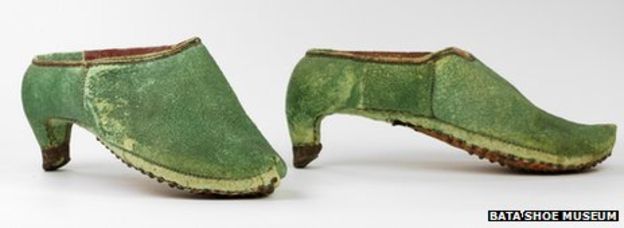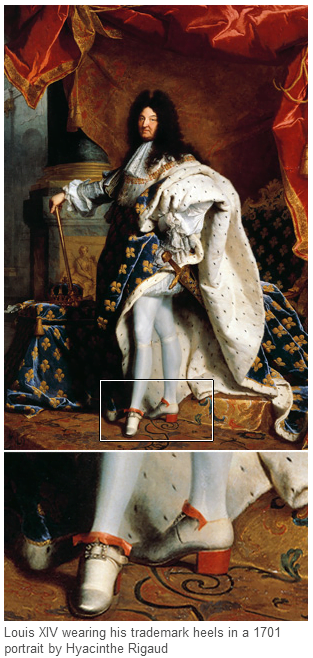We trace the journey of high heels through nearly 5 centuries of evolution from being a symbol of masculinity in early 16th century to representing the erotic femininity we are familiar with today.
You must have wondered at the impracticality of high heels at some point in your life irrespective of whether you are a man or a woman. As a man, you would have heard your girlfriend complaining that her feet is killing her, I remember that scene from FRIENDS where Chandler gives a piggy-back ride to Monica when she is unable to walk back home because of her incredibly sexy, overtly expensive and unbearably painful new boots.
For each and every woman its been a life dilemma between a classy simple pair of flats for that girl-next-door look or that irresistibly beautiful yet torturous pair of high heels for the new-diva-in-town look.
With all this holahoop around High Heels (add a honey Singh reference), ED decided to find out what all the noise was all about, after all, its just a pair of shoes, right?
HIGH HEELS: THEN (16th Century: Power, Wealth and Masculinity)

You can’t walk in them on grass or on polished floors or on a staircase or on a cobbled street, they are no good for driving or hiking. IT is almost as if they weren’t designed for walking in the first place.
High heels were originally worn by Persian warriors, they were invented so that horse-riders could maintain a better grip on their horses while shooting arrows from the stirrup. High heeled shoes gave the rider more stability while riding into adverse conditions. And when the first Persian diplomats were sent to Spain, Russia and Germany in the early 1600s, it was quickly adopted by the European aristocracy as they sought to give their appearance a masculine edge which seemingly only heeled boots could supply because of their military associations.
The French King Louis XIV standing short at 5.4inches always wore high heels. The soles of the shoes were painted red with expensive dye to give them a virile look and to distinguish them from the middle class.
By the 1630s, women started wearing heels following a larger trend of imitating men’s clothing styles. So, if you are asked a simple question, Why do women wear heels? The simple answer would be, because men did.
The trend of wearing high heels has evolved since the 17th century, from simply being worn to add a couple of inches to a person’s heights to a symbol of a person’s position of power and privilege.
We now take a look at How High Heels Have Evolved Today: our campaign’s Part Two.
Check out our campaign’s Part Four here: What guys think about women wearing ‘unhealthy’ high heels
We also went social with it.
Do take a look at ED’s Facebook, Twitter & Instagram.


































